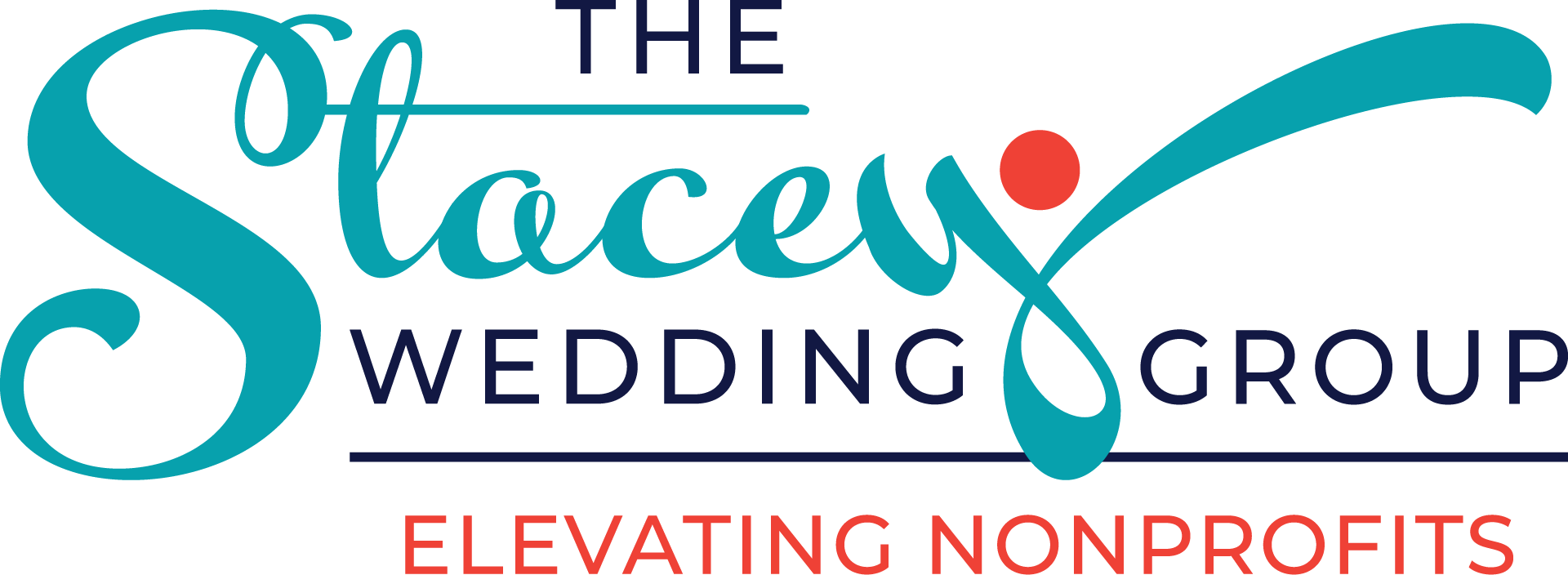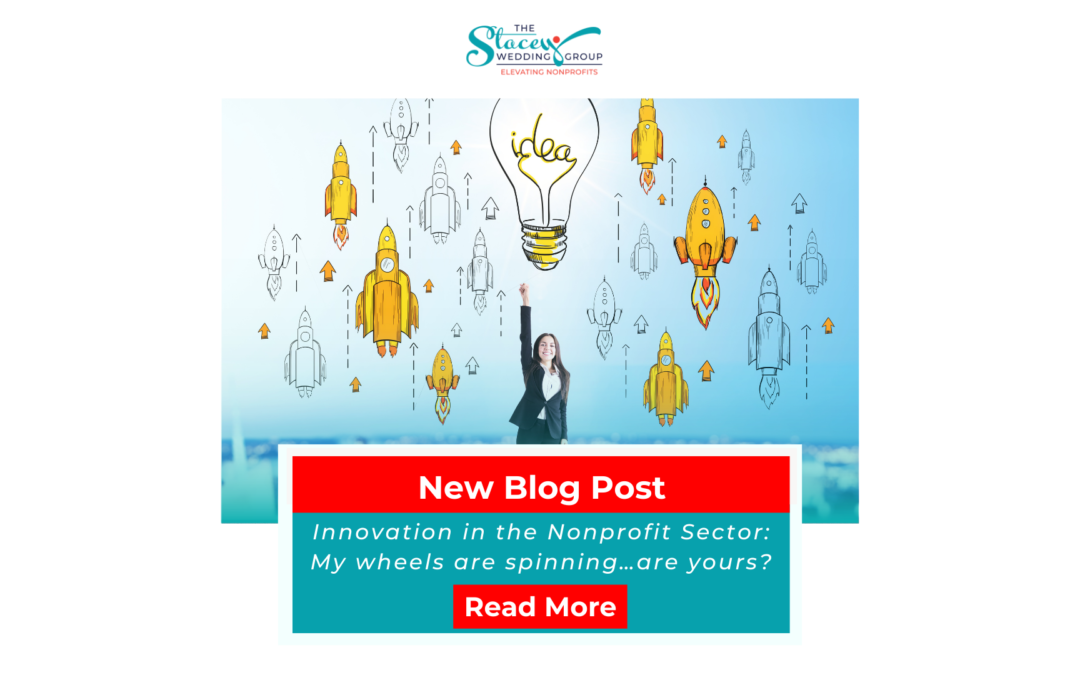My Wheels Are Spinning: Are Yours?
For years I have followed the work of Seth Godin, a best-selling author, thought provocateur, and creator of some of the most effective learning platforms that I’ve engaged in during my years of online learning.
Recently he shared a blog post about something he and some friends are piloting called Goodbids.org. The basic concept is re-imagining the charity auction. As he shares in his blog post,
“Most of the time, bidders in these auctions are looking for a bargain, which is out of sync with what the charity wants. The end result is often lackluster. In Goodbids, every bid is also a donation. That means that the winner takes home a great prize, and all the other bidders get the satisfaction of knowing they made a useful and non-refundable donation directly to a charity that’s doing good work.”
I have my own thoughts on whether this pilot project will succeed, but it got me to thinking about innovation in the nonprofit sector and the power of mixing up the status quo.
Recently while I conducted an educational session for a nonprofit client, one of the board members asked, “Why can’t we look at ongoing assessments of our board and ED instead of just once a year?” This type of generative thinking and creative problem solving lights my fire, as it is what leads to new approaches that might actually help our organizations make the deeper impact we’re seeking.
Another source of my recent inspiration has been the Ontario Nonprofit Network’s (ONN’s) work around reimagining governance.
When I talk to most nonprofit boards or chief execs working with these boards, I hear, “Boards are broken.” And the reality is that most are. What do we need to change to course correct this trend? Through conversations and a new way of thinking that ONN is proposing, some nonprofits in the United States and Canada are experimenting with different ways to structure their governance.
One example is the minimally viable board where organizations seek the bare minimum of board members required by law to satisfy fiduciary duties. This teeny board gets combined with a less formal but larger, more expansive, and inclusive “integrity board” that reflects the community and its values. In this model, governance is less hierarchical and more shared and distributed among many, including those who will be impacted most.
These are just a few examples of the ways individuals and their organizations are innovating, and it all makes me wonder…
…What the possibilities would look like if we could re-build broken systems, structures, and processes that no longer support our organizations and those we serve
…What novel ideas would be generated from more experimentation and a larger appetite for taking calculated risks
…What type of culture could be created that allows and rewards team members to fail fast, so they can apply their learning and succeed faster next time
What are you imagining or reimagining? What role does innovation play in your organization?
Hat tip to your success,

P.S. Do you want to get updates on our most recent blogs and other free resources we offer? Sign up here for our bi-monthly e-newsletter, The SWGazette.

